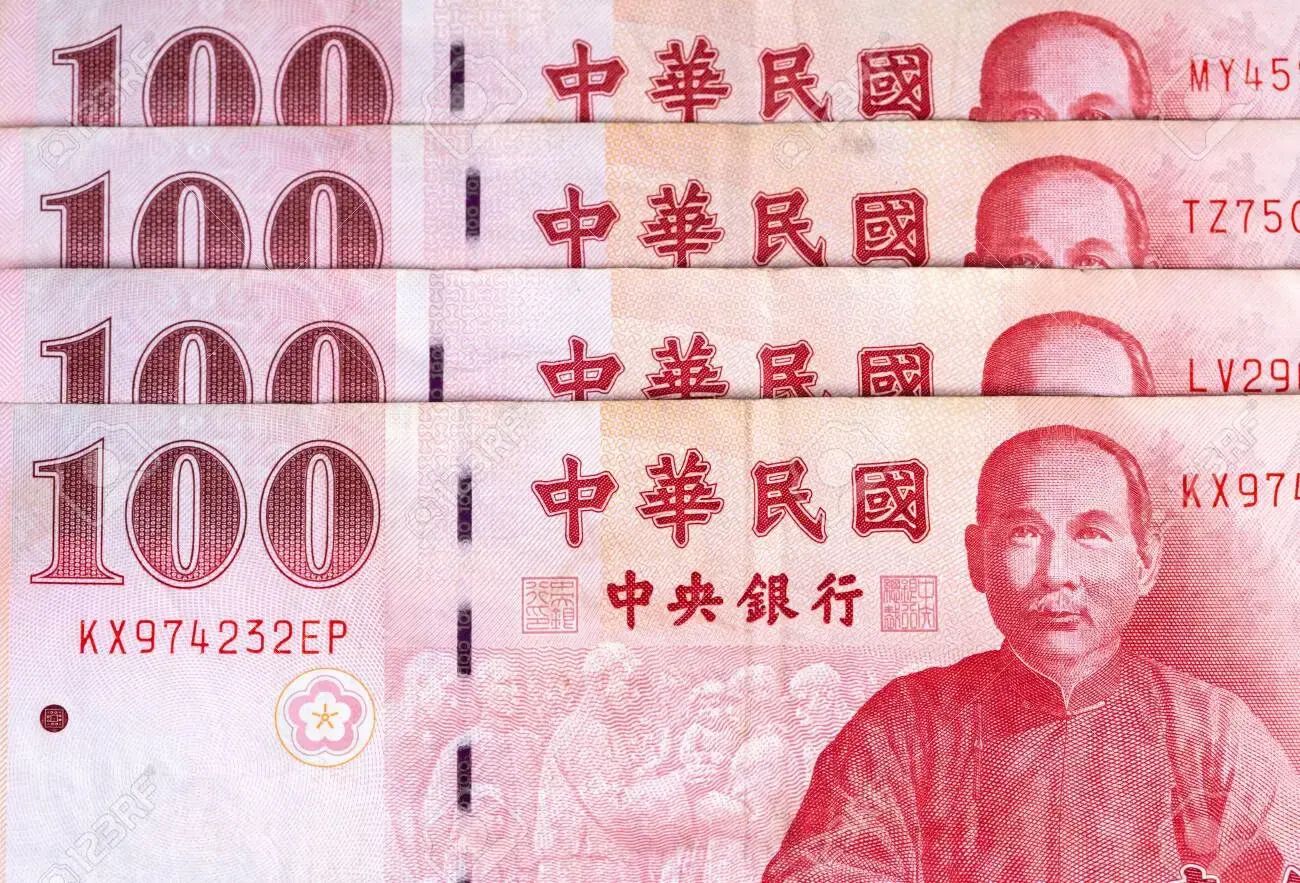
The opinions and perspectives presented in this article belong solely to the author(s). Kalshi does not provide investment or trading advice or make any other claim to the veracity of the contents described herein and provides this article solely for the convenience of its members.
On July 17th, Kalshi launched a new market on the USD/TWD exchange rate.
This market was introduced as a useful tool for traders to hedge around several key risks that may sharpen over the next 18 months. A significant move by the People’s Republic of China (PRC) to reunify Taiwan may impact many areas, including but not limited to:
US/China trade
Markets and companies linked to the supply of high-end chips from TSMC
China’s and Taiwan's export competitors
US stock indices and the global economy
Commodities
The TWD may be a good proxy for the combined impact of all these.
In the first half of last year, Taiwan’s central bank spent $2.85 billion in the foreign exchange market to arrest the TWD’s slide. Short positions reached a six-month high last week, according to a Reuter’s fortnightly poll of 12 Asian currency analysts. It currently trades around 31 to the US dollar. Kalshi’s market is segmented at levels of 40.01, 50.01 and 60.01.
Context
The expulsion of the Japanese from Taiwan after WWII returned control of the island (actually a string of islands, but essentially the main island) to Chinese control.
In 1949, Chairman Mao Zedong’s Chinese Communist Party gained the upper hand on the mainland, and Chinese Nationalists (under Chiang Kai-Shek) evacuated to Taiwan, establishing it as the Republic of China (ROC). Hyperinflation has since impacted the Taiwan dollar but, handily, the exiled Nationalists brought 3.57 million ounces of China’s gold with them and used this in part to establish the “New Taiwan Dollar”, exchanging the old dollar at a ratio of 40,000 to 1.
The entrepreneurial center of old China had been Shanghai, and most of the wealthy Shanghai business community were among those who fled to Taiwan (an episode vividly dramatized in Helen Zia’s Last Boat Out of Shanghai)
Modern Taiwan begins with the New Taiwan Dollar and the spirit of Shanghai. While the mainland struggled economically under Communism, Taiwan became one of the four “Asian Tiger” economies of the late 20th century, with rapid industrialization, rising manufactured exports and economic expansion.
Considerations for Traders
If you’re a trader who likes to have a mix of unpredictability, this looks to be one of those markets that may move in big steps. Position early. Know the triggers for movement.
Bull Case
Short term indications are that the extended lockdowns did more damage than previously thought in China, and Chairman Xi may not feel secure enough to engage a whole new set of risks with an attempted reunification of Taiwan. In that scenario, Taiwan’s vulnerabilities could fade from the headlines and the currency could strengthen.
TSMC’s market dominance is no accident, and it reflects a national culture of capitalist-style business capability that, absent the threat of Chinese control, can continue to steam along.
Bear Case
If China makes a lunge for reunification with Taiwan, that story will immediately become a primary driver of economic sentiment globally. Despite President Biden’s “Chips Act” and many other rushed plans, the Taiwan Semiconductor Manufacturing Company (TSMC) remains critical to the global supply of high-end computer chips. Those who are “all-in” on the AI boom of the past few months (and who isn’t?) may see the Taiwan dollar as a convenient hedge.
Eyes Open
The dominant narrative in the US is that Taiwan needs to be defended against a hungry China. Not all observers think this fully reflects the nuances of the situation internally in Taiwan. In August last year the Guardian reported that 12% of Taiwanese citizens support reunification. Most of this cohort appear to be older, but it could be enough to provide China with at least the appearance of a political bridge into Taiwan.
This could be a situation where events unfold very rapidly and not along predictable lines. Proactive traders may lead this market.